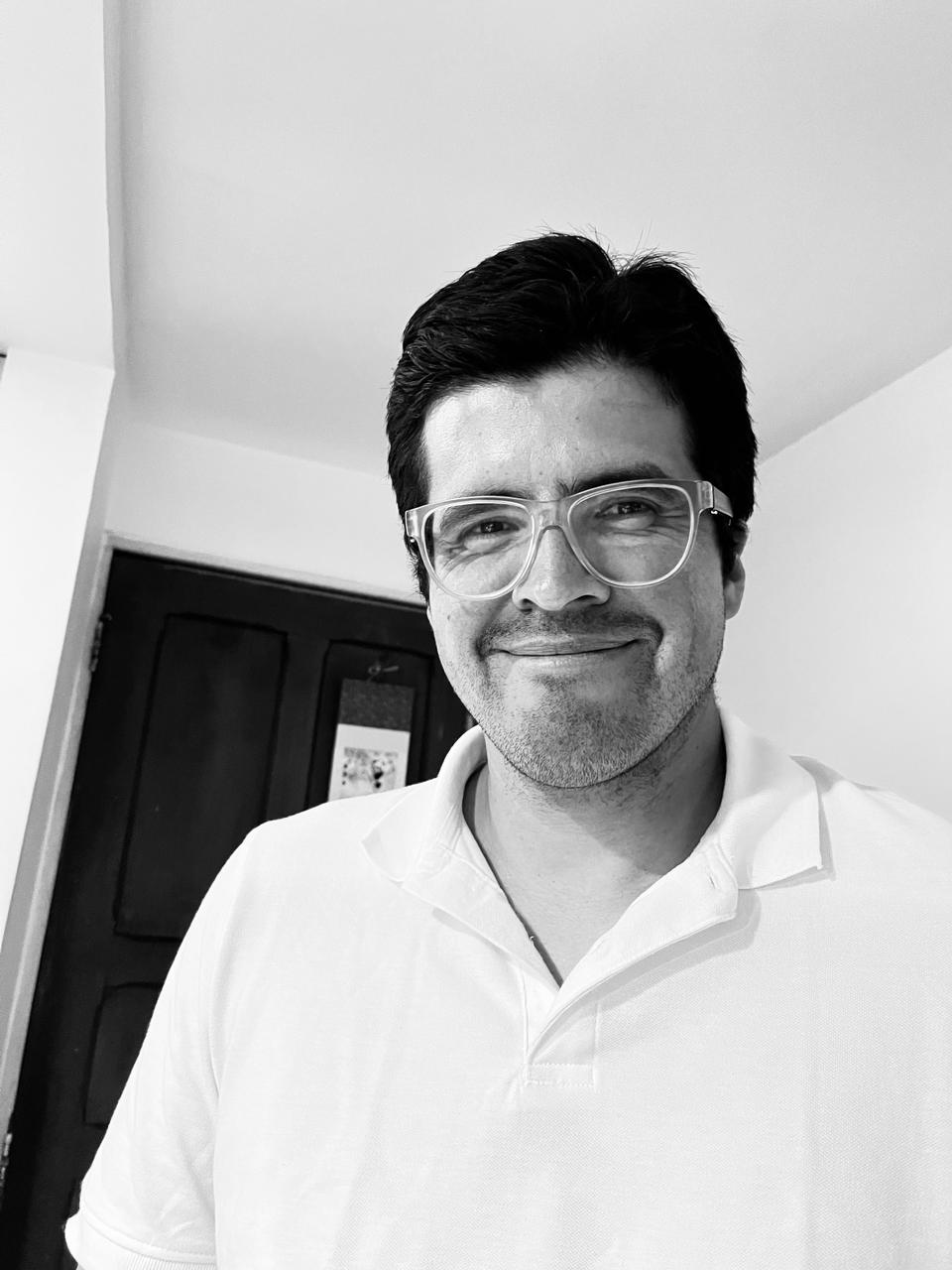German A.Prieto
Associate Professor of Geosciences / Departamento de Geociencias Universidad Nacional de ColombiaGerman A. Prieto

Seismology / Geophysics
Associate Professor
Departamento de Geociencias
Facultad de Ciencias
Universidad Nacional de Colombia – Bogotá
ABOUT ME
I am Associate Professor at the Departamento de Geociencias, Facultad de Ciencias in the Universidad Nacional de Colombia. My research focuses on understanding the diversity of earthquakes and the associated ground motions expected on the surface of the Earth.
I received my PhD from Scripps Institution of Oceanography at UC San Diego working with Peter Shearer and Frank Vernon on scaling properties of earthquakes using state-of-the-art signal processing on some of the largest datasets at the time. I was a Thompson Postdoctoral Fellow at Stanford University working on seismic tomography and ground motion predictions using the ambient seismic field. Prior to my appointment at Universidad Nacional, I was a faculty member at MIT and before that faculty at Universidad de los Andes. I have also been a Visiting professor at IPGP in 2012 and at MIT (2017-2018).
My main interest is to use seismic records to understand the earthquake source, the interior of the Earth and how both affect the ground motions that we feel on the Earth’s surface. Seismological observations are affected by the internal structure of the Earth, for example amplification of seismic waves in sedimentary basins. The nature of the earthquake source has also a significant impact on ground motions, and I am interested in a better understanding of earthquake ruptures, i.e., are large earthquakes different from the more common small ones?
My research focuses in understanding the physics of earthquakes, how and why earthquakes occur, how they grow to become large damaging processes and what to expect of the ground motions on the surface of the Earth. As an observational seismologist I analyze large amounts of seismic data in order to test predictions from physically based models, allowing me to draw conclusions about fundamental questions in seismology. For example, by stacking hundreds of spectra I was able to show the similarity of earthquake rupture regardless of the size or magnitude of the events. I have been involved in using non-earthquake (ambient noise) data to investigate the ground motions of possible future earthquakes. More recently I have shown that it is also possible to extract the anelastic structure (attenuation) of the Earth from the ambient seismic field. In my research I develop advanced analysis techniques to answer these and other relevant questions.
SHORT CV
Education
2007 Ph.D. (Earth Sciences) UC San Diego
2004 M. Sc. (Earth Sciences) UC San Diego
2002 B.S. (Geology) Universidad Nacional de Colombia
Professional Experience
2017 – Present Associate Professor – Universidad Nacional de Colombia
2016 – 2017 Associate Professor – Universidad del Rosario
2013 – 2016 Assistant Professor – MIT
2009 – 2013 Assistant Professor – Universidad de los Andes
2007 – 2008 Thompson Postdoctoral Scholar, Stanford University
2002 – 2007 Graduate Student Researcher UC San Diego
External Service
2020 – Actual Editor Geophysical Research Letters
2020 – 2021 AGU Canvassing Committee – Seismology
2013 – 2020 Associate Editor J. Geophysical Research (Solid Earth)
2019 – 2020 AGU Fall Meeting Program Committee – Seismology
2016 – 2017 Keiiti Aki Award Committee Member AGU Seismology Section
Honours
2011 Editors Citation for Excellence in Refereeing, JGR-Solid Earth, AGU
2010 Keiiti Aki Young Scientist Award (video)
2007 – 2008 Thompson Postdoctoral Fellowship
Research Interests
Earthquake source physics. Regional seismic tomography and Q-tomography based on the ambient seismic field. Wave propagation and Scattering. Structure of subduction zones and intermediate depth earthquakes. Observational seismology based on large data sets. Time series analysis and advanced signal processing tools. Inverse theory.
